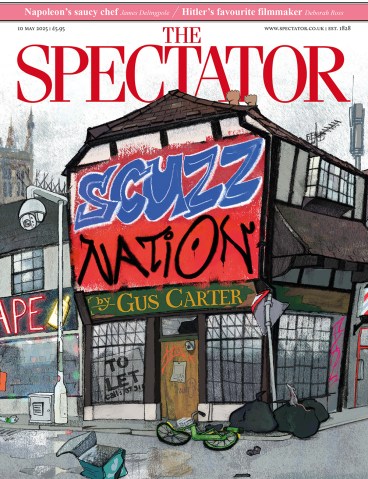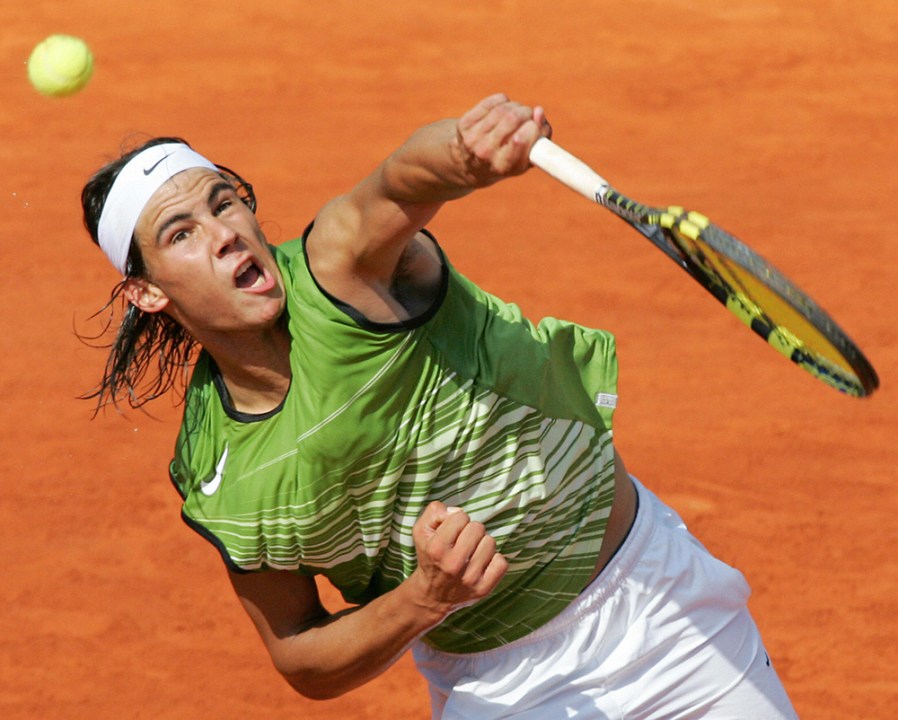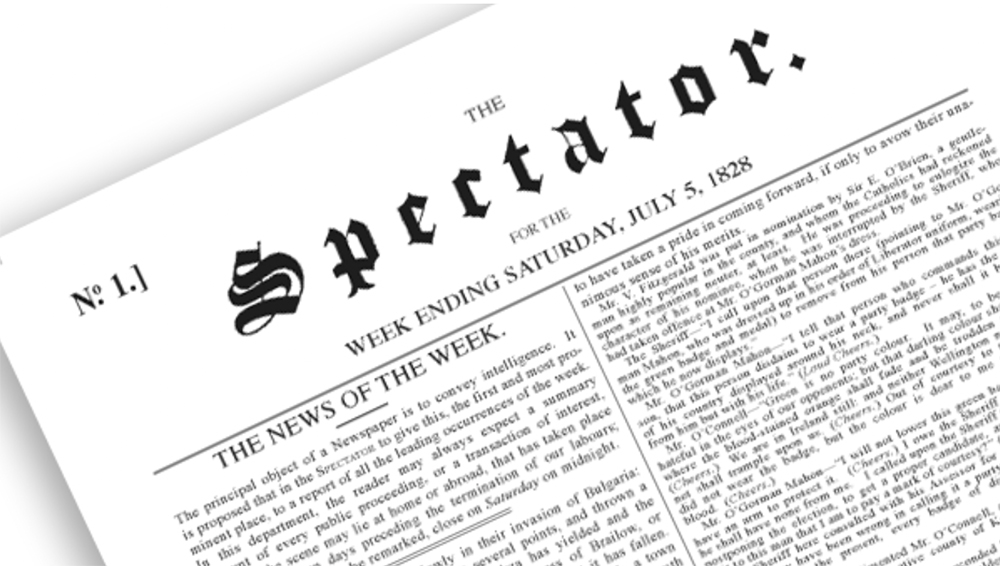
Even the greatest have setbacks. It is how they respond that makes them great. Take your chances, forget the lapses. The triumvirate who ruled men’s tennis this century – Novak Djokovic, Rafael Nadal and Roger Federer – each won just 54 per cent of the points they played. It was about turning it on when it counted.
No one could turn it on like Nadal on Parisian clay. The orange brick dust of Roland Garros on which he slid and scampered so well seemed to inspire the Spaniard with magical powers. From 19 visits to the French Open, he returned to Mallorca only five times without the Coupe des Mousquetaires – and once was due to injury. No performer was so suited to a stage.
Had Nadal never won a major in Paris, his eight titles at Wimbledon and on the hard courts of New York and Melbourne would still have put him among history’s elite – beside such names as Agassi, Conners and Lendl – but the king of clay’s 14 French crowns were a dominance of one event that none has come close to matching. He won four of them without dropping a set all tournament.
In 2017, Nadal lost just 35 games in seven rounds. But perhaps the greatest moment came in 2008 when he won his fourth title by demolishing Federer in the final 6-1, 6-3, 6-0. The world number one didn’t play badly; Nadal was just much better. Afterwards, Toni Nadal, the uncle who had coached him from the age of three, appeared disappointed. ‘It’s more beautiful when it’s hard,’ he sighed.
The French call a clay-court specialist a terrien. When Nadal finally said adieu to Roland Garros last year, age and injury having done what few men ever did, they called him extraterrestre. Among many remarkable statistics, only three of his 116 matches went to five sets. John Isner, a rare opponent who took him the distance, said: ‘He just looks at you and goes: “I am going to outlast you and outwill you and outcompete you”.’ Normally his adversaries wilted in three.
Nadal began each visit to Roland Garros’s centre court Philippe-Chatrier by crouching to run the dust through his fingers, the artist caressing his canvas. It was one of many tics and rituals: the precise arrangement of his drink bottles; crossing a line right foot first; tucking his hair behind his ears; tweaking his nose; picking his shorts out of his backside; the constant towelling; and unending bounce-bounce-bounce before he served.
But perhaps the definitive Nadal image, more than the long pirate shorts and sleeveless tops in which he began his career, the one-legged fist pump or the cheeky nibble of a trophy for the photographers, was that majestic whipped forehand, the racket finishing high above his head, that put extraordinary spin on to the ball. On this surface it was the deadliest of weapons.
Yet this dominant warrior remains a humble, grounded guy, who married a woman from the island where he was born and still lives. Jim Courier, one of many players interviewed for this elegant biography by Christopher Clarey, a former correspondent of the New York Times, said Nadal is ‘the Kipling quote come to life’, referring to the lines from ‘If’ about treating triumph and disaster just the same outside Wimbledon’s centre court. Andy Murray said he must be the only tennis player not to have thrown a racket in anger.
This book is not only the story of Nadal. Clarey breaks off at points to give the story of the French Open as well, telling us that while foreigners were not allowed to complete until 1925, the first champion was an Englishman called H. Briggs (first name forgotten by history) who was a member of a Parisian club. Another Brit, Miss Eileen Bennett, also claimed the first win at Roland Garros – which opened in 1928 and was named after a French aviator.
For a long time it rankled with the French that a Spaniard dominated their tournament when they had not had a men’s champion since Yannick Noah in 1983. In 2005, when Nadal made his debut, aged 18, he met Richard Gasquet, the home hope, in the third round. Born 15 days apart, Gasquet had beaten Nadal when they were 12 and they were expected to be great rivals. After losing 6-4, 6-3, 6-2 the man known as ‘Le Petit Mozart’ for his elegance and finesse, walked off court and told his father: ‘It’s over.’ Gasquet won 606 matches in his career, the most by any Frenchman in the Open era, but he lost all 18 times he played Nadal as an adult. Beaten by the aura.
Nadal has now been forgiven by Roland Garros. In 2021, they installed a 10ft steel statue of him near the entrance. The four musketeers, French heroes from the 1920s who are commemorated in bronze sculptures, have their names on the trophy but all must bow down to the king. Vive Le Rafa!








Comments